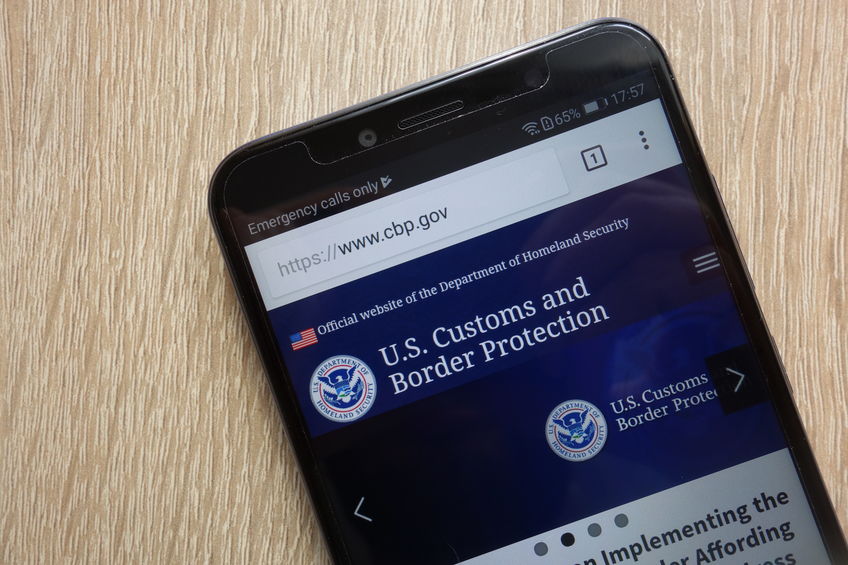What is ISF (Importer Security Filing)?

What is ISF (Importer Security Filing)?
What is ISF? Do I have to submit it even if I am shipping personal effects?
Under the newly-implemented rule of “importer security filing,” which went into effect on January 26, 2010, each importer (the owner of the goods in the case of personal effects shipment) shipping to the U.S. by ocean (only by sea) is now required to file necessary information with Customs and Border Protection (CBP) prior to the vessel’s departure.
The transmission to CBP can be done only electronically and must be completed a minimum of 24 hours before the shipment is loaded onto a ship leaving (Japan) for the U.S.
Failure to comply with this rule could result in a penalty of up to $5,000 and seizure of the shipment at the U.S. port.
ISF was created solely for security reasons. Its aim is to prevent terrorist weapons, and other items that could become a major threat, from being brought into America. Transmitting the data of shipments before those shipments are loaded onto a ship at the port of origin makes it possible for CBP to identify possibly hazardous shipments. Also, this makes it difficult to plan for the transportation of such goods.
It is also important to avoid confusing ISF submission with customs clearance. ISF and import customs clearance of the goods are two different matters.
What exactly is importer security filing?
ISF (importer security filing) is also known as U.S. electronic manifest 10 + 2. This is basically a new regulation that places both carriers and importers under the obligation to provide information about cargo to U.S. Customs and Border Protection. This must be done in advance, before such cargo arrives in the U.S. Although the term 10 + 2 can sound confusing to the uninformed, it actually refers to the 10 data elements that must be submitted by importers, as well as the two data elements that must be provided by carriers. Both of these parties must submit all of the required information to customs and CBP a minimum of 24 hours before any cargo is loaded onto any ship destined for the U.S. (or that is passing through its territory). The reasoning behind such measures is that improved targeting of a variety of high-risk shipments will ultimately require a reduction in exams for low-risk shipments. This system also has the purpose of identifying all of the parties participating in a supply chain. Additionally, it further supports the 24-hour rule in which shipping companies and importers must provide precise descriptions of all goods and commodities shipped to the U.S.
The object is safety and security.
We live in a world where there are many fanatical factions who will not hesitate to benefit from any opportunity which may present itself. Therefore, it should be understood that 10 + 2 is purely for security purposes. This system is not intended for commercial or trade enforcement purposes neither is it used for determining entry. i.e. It is not customs clearance. Nevertheless, it can be expected that customs will be comparing the ISF to viable entry data in order to analyze and assess any possible risk and the system also helps to accurately validate the ISF data.
The entire 10 + 2 procedure is known by the more official term, importer security filing and additional carrier requirements. The 10 concerns the importer security filing while the 2 deals with the additional carrier requirements.
The 10 items needed to be supplied by the importer are:
1. Importer of record number
2. Consignee number
3. Seller (Owner) name/address
4. Buyer (Owner) name/address
5. Ship to Party
6. Manufacturer (Supplier) name/address
7. Country of origin
8. Commodity HTS-6 (HS code)
9. Container Stuffing location
10. Consolidator name/address
Personal effects shipments:
In the case of unaccompanied personal effects, such details as HS code for each commodity, manufacturer’s name and address, country of origin, are not required. The shipper’s/consignee’s name, addresses in both Japan and in the USA, and passport number, date of birth are the information that are needed.










